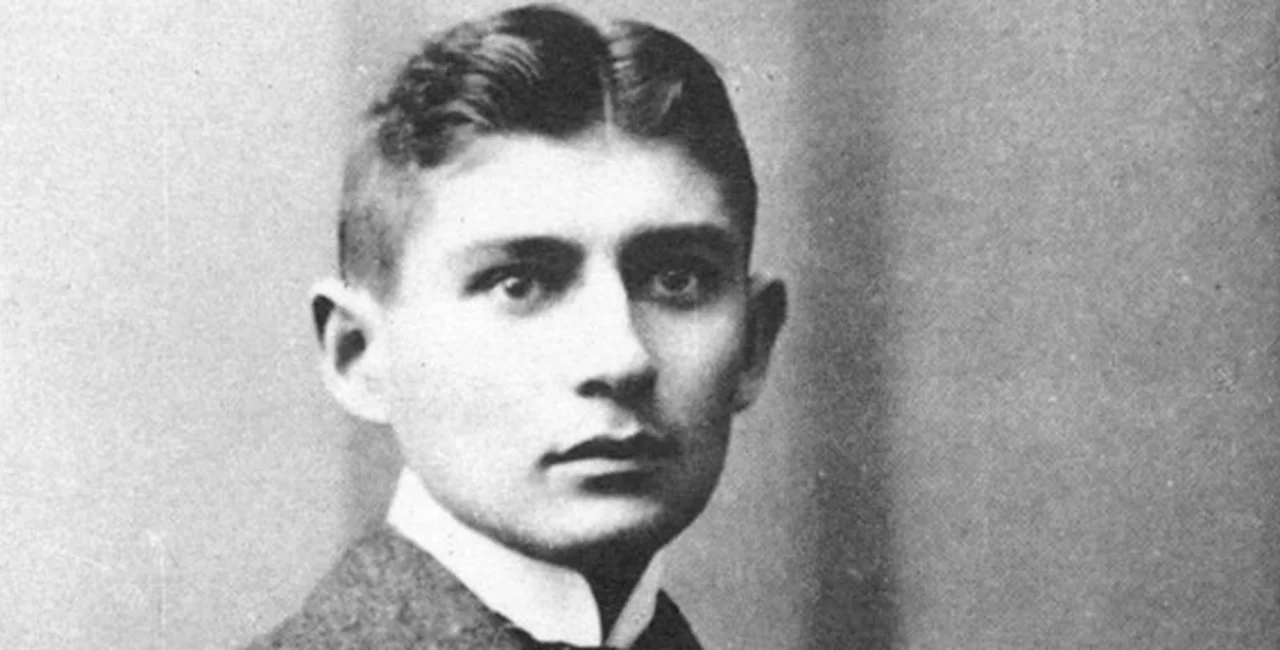The literary world was set abuzz earlier this year when Harper Lee’s Go Set a Watchman, a sequel to the writer’s classic novel To Kill a Mockingbird, was finally published more than 50 years after it was written.
Some controversy surrounded the release. Mockingbird was Lee’s only published novel, and for decades she said she would not release another novel; her consent to publish Watchman, under declining health, has been called into question.
If another author’s wishes were honoured, however, we might not have some of the 20th century’s greatest literary works.
During his lifetime Franz Kafka’s published works received little attention.
When Kafka died in Prague in 1924, he left his surviving literary estate with friend and publisher Max Brod, with the explicit instructions to destroy everything. Kafka himself had already burned about 90% of his life’s work himself in the preceding years.
Brod, thankfully, ignored the writer’s request.
In the years after Kafka’s death, Brod published The Trial (1925), The Castle (1926), and Amerika (1927), works that went on to become some of the author’s most acclaimed writing.
In 1939, when the Nazis invaded Czechoslovakia, Brod fled Prague for Palestine with a suitcase full of unpublished Kafka material including drafts, notes, diaries, and drawings.
Some of this material was subsequently edited and published in volumes of collected works. But the majority of it remains unseen.
When Brod passed away in 1968, he left the material with his secretary and caretaker, Esther Hoffe. He gave her the instruction to continue to publish Kafka’s work and entrust the writer’s literary estate with a suitable institution.
In 1974, some letters and postcards from Kafka to Brod were sold to German buyers. The following year, Hoffe was arrested at Tel Aviv airport with some of the materials in her possession, and warned to “not dispose of any of the documents.” In 1988, Hoffe auctioned an original manuscript of The Trial for $2 million.
During this time, the National Library of Israel has been attempting to obtain the works in Hoffe’s possession, a request in line with Brod’s will.
Hoffe died in 2007, leaving a surviving daughter in possession of the unpublished Kafka works. A lawsuit was filed by the Library challenging Hoffe’s will, claiming that she never followed Brod’s instructions on what to do with the material.
Of course, if we take that logic back to Kafka, all the works would be destroyed.
But earlier this month, a Tel Aviv court upheld a 2012 decision in rejecting an appeal by Eva Hoffe, ordering her to turn over the collection to the National Library. The Library, in turn, has said that they will post the collection online.
The story of Kafka’s surviving manuscripts has been going on for nearly 100 years. Elif Bautman’s Kafka’s Last Trial, published in the New York Times, provides an excellent overview of this (fittingly) Kafkaesque situation that may now, finally, be resolved.
Still, the search for Kafka’s work goes on. Like Brod, Kafka’s last lover Dora Diamant also ignored the writer’s request to destroy his material, keeping some 20 notebooks and 35 letters.
These materials were seized by the Gestapo in 1933, and have yet to be recovered.












 Reading time: 2 minutes
Reading time: 2 minutes 























